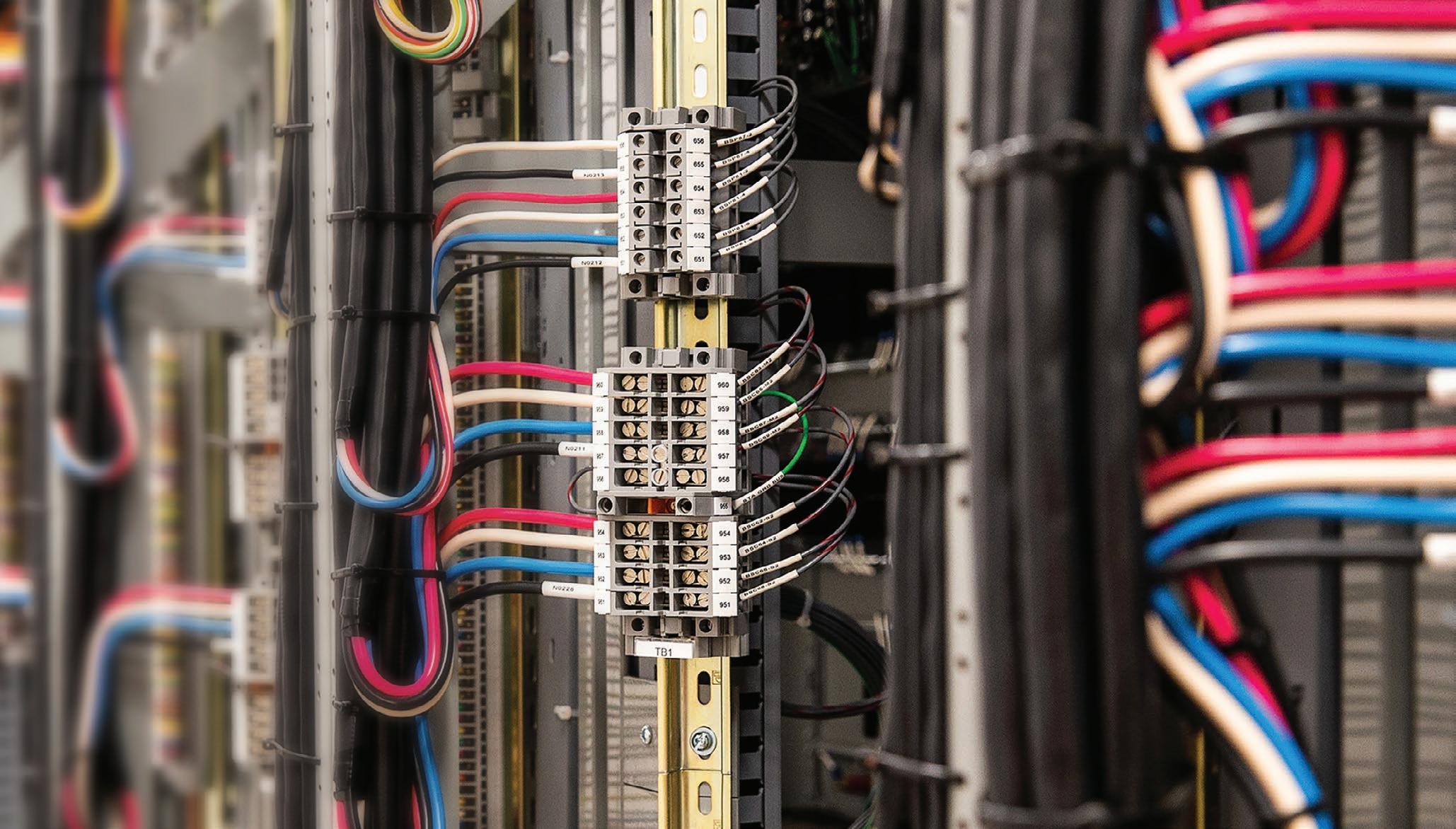wind power
How Tech is Driving Wind Success PostPandemic by Ameya Paseband
THE GLOBAL SPREAD OF COVID-19
is causing serious problems in many industries across the country. Millions of Americans have been infected with the novel virus, and countless businesses are feeling the negative impact. With authorities restricting large gatherings of people to prevent the virus’ spread, companies across industries have been forced to find new ways of keeping their businesses moving forward while still adhering to social distancing restrictions. Despite news that renewables are outpacing coal for the first time (in terms of electricity production), many renewable energy projects are being delayed. Effects of the pandemic have dried up capital and disrupted supply chains. In fact, some 40 percent of wind and solar capacity scheduled for the rest of 2020 has been held up. The wind energy industry specifically has been experiencing supply shortages due to the uncertainty from COVID-19. Nonetheless, many companies continue to advance their wind measurement and wind farm prospecting efforts through the use of remote sensing technologies. Light detection and ranging (lidar) sensors have been used in wind farm measurement for more than a decade, but the pandemic is only now underscoring the essential value these remote sensors provide wind prospecting projects.
Saving time through remote sensing
Before the first turbine even starts producing energy, a significant amount of time goes into the development process; energy yield assessments begin with at least one year of wind measurement to estimate production over the lifetime of the wind farm. Because precise knowledge of the windspeed is necessary - to know how much energy will be produced, and whether the turbines will survive on the selected site - accurate wind data is crucial in the development of wind farms. Traditionally, companies employed standard meteorological masts (met masts) to accurately gather the critical wind information to achieve maximum value from their investment. Unfortunately, deploying a met mast requires time to obtain permits, and then more time for installation. In the unprecedented times that we’re in, just securing a permit has been challenging for wind farm developers, delaying the onset of measurement by weeks or months.
40
JULY•AUGUST 2020 /// www.nacleanenergy.com



